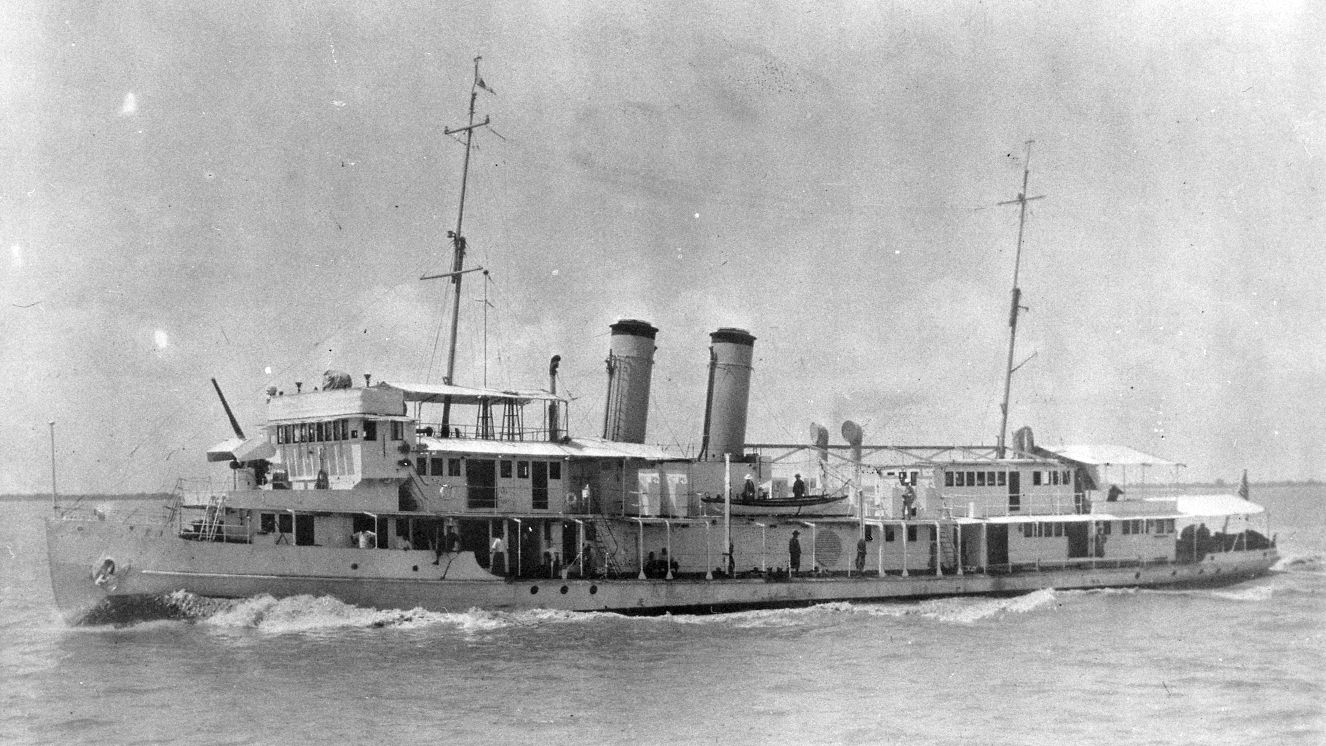SUBMARINE ACCIDENTS AND IMPLOSIONS THROUGHOUT THE YEARS

We have all heard of airplane accidents, but what about submarines? It seems as though submarine implosions tend to not make an appearance in the media. Despite this, they are actually more common than people may think. Read on below to get the answers behind why these submarine accidents happen, and what actually happens to the submarine when an accident occurs. Learn more about some of the most famous submarine implosions in history. Suggested read: America Tried To Blow Up the British Using the First Submarine in Warfare
How Do Submarine Implosions Happen?
Submarine accidents and implosions, as mentioned, are actually quite common. So how do these happen? It boils down to a number of factors. The main one being malfunctions within the submarine systems, which occurs when the pressure of water exceeds how much the submarine’s hull can actually withstand. Some may think that submarines actually take a fairly long time to implode; however, the reality is that submarine collapses can happen one millisecond to one thousandth of a second, so it’s pretty fast. There have been over 30 big submarine accidents and implosions since 2000, and 16 accidents before 1963.
What Happens To A Human Body When A Submarine Implodes Due to Pressure Change?
Pressure changes occur because the surrounding water’s pressure is higher than that of the submarine’s hull. So what happens to the human body during this time? This results in an instantaneous death for humans, as everything happens so quickly. As mentioned before, it only takes around one millisecond to one thousandth of a second for a submarine to implode. The external pressure would cause hypothermia, unconsciousness, and finally death. This entire process lasts for a few minutes and death is pretty much instantaneous, as breathing is increasingly difficult. Eventually the human body will naturally decompose within the deep sea due to low temperatures, high pressure, and no sunlight.We’ve all heard of the tragic incident of OceanGate’s submersible, the Titan. Remains of the humans on board the Titan were likely the texture of gel, as the bodies were put through immense pressure. Some experts have said that the amount of pressure is equivalent to the weight of the Eiffel Tower, which is 10,100 tons.Related read: Here are the Complicated Rules for Choosing Navy Ship Names
The Most Famous Submarine Accidents In History
Listed below are some of the most famous submarine accidents in recorded history. Note that some of these weren’t due to implosions.Hailed as one of the worst submarine accidents in present day was Russia’s K-141 Kursk. This clear-powered guided missile submarine weighed 16,000 tons. It exploded on August 12, 2000, while killing all 118 members of its crew. A Type-65-76A torpedo was the culprit behind the explosion of this submarine. Ever since, the Russian Navy stopped producing hydrogen peroxide fueled torpedoes. Making the list as one of the worst submarine accidents is the USS Scorpion, a submarine that belonged to the United States Navy. It has always remained a mystery as to what happened to the Scorpion and what caused it to disappear. However, what has been known is that the submarine and all 99 sailors onboard vanished 400 miles southwest of the Azores islands. It was declared lost on June 5th in 1969, but later that year, the Scorpion was found via a Navy research ship. The Scorpion was 10,000 ft underwater, making the likely cause a torpedo explosion. A final incident that was well known was in April of 1963, when the US Navy nuclear submarine, named the USS Thresher, imploded and sank near Cape Cod’s shores. Piping failure and the loss of power ultimately led to the sinking of the Thresher. Named the deadliest submarine accident in US history, this accident killed 129 crew members. Ever since this accident, the US Navy sub changed all of its safety standards to prevent something like this from happening again. This makes it the world’s first nuclear-powered submarine to ever be lost at sea recorded in history.Read next: These 4 U.S. Submarine Classes Help Our Naval Forces Stay On Top



